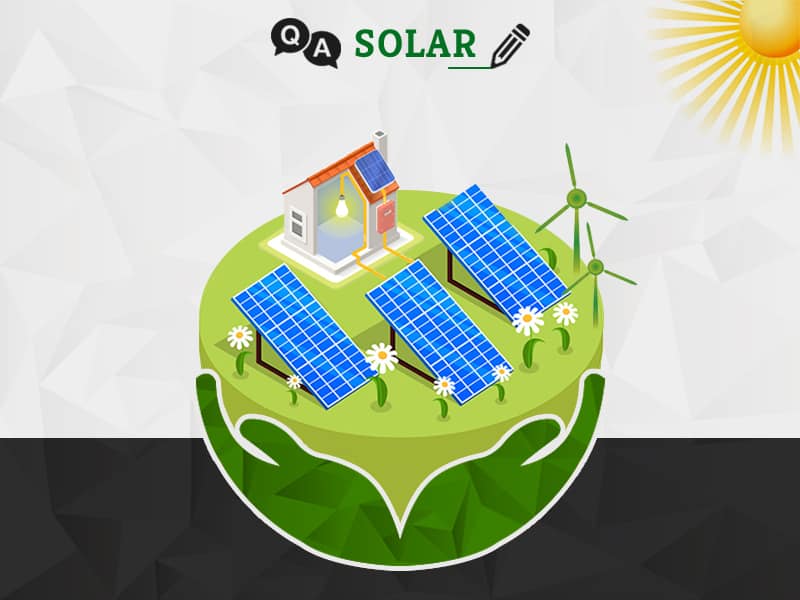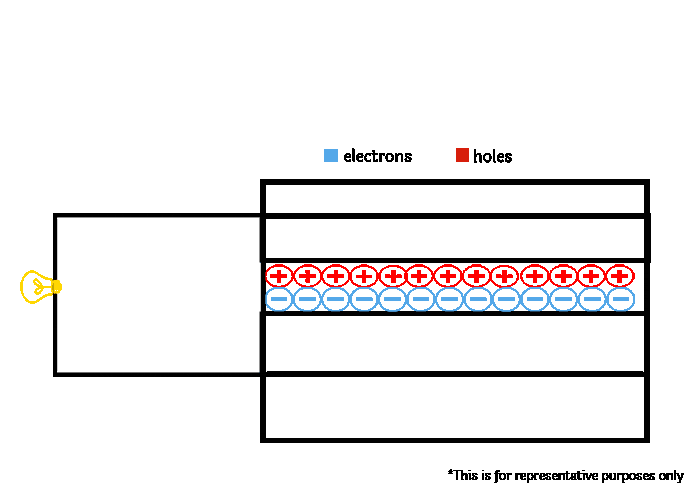Summary

Article Name
How do solar panels work?
DescriptionDifferent types of solar panels are commonly used to harvest solar energy all across the globe. Learn how they help harvest solar energy.
Author
Team GreenSutra
Publisher Name
GreenSutra
Publisher Logo


